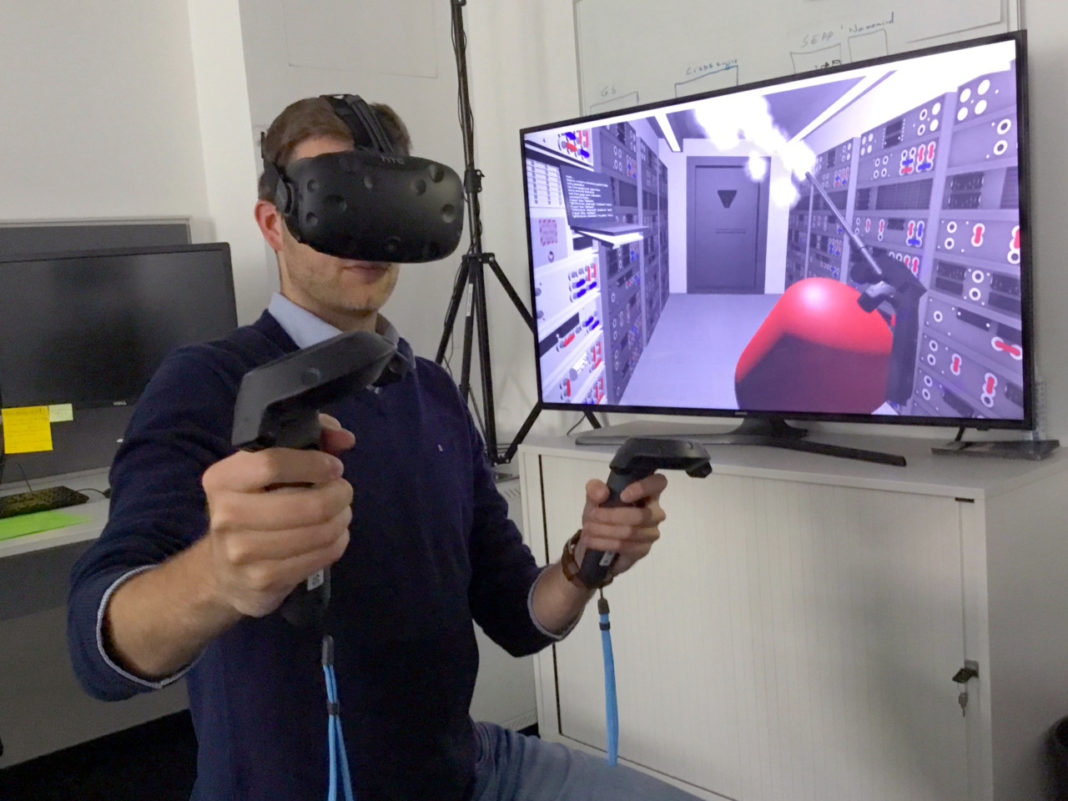Bust apart by COVID, video calls have done their best to bring us back together. They are easy to run, and everyone can social distance without having to miss out on important meetings.
But video call fatigue is already a recognised problem. And most of us have already experienced video call anxiety. These are issues that could reduce not only productivity but also our wellbeing.
So now that it looks as if the habit of working from home is with us to stay, what alternatives are there out there to the video call? The answer is Virtual Reality – or VR, and Google and Mattel are just two of the big names busy using this technology.

VR has already been successfully used in healthcare to train medical staff to carry out real operations. It has also been used for military training through which soldiers are put in virtual dangerous situations in order to prepare them for the real thing.


But now private companies have started using VR in the ‘office’ too. You can for example now attend virtual meetings. With VR – even in the age of COVID – you and your colleagues can bond again: chat face-to-face, pass each other hand-written notes, even touch each other – while all in the sterile safety of your own home.
The hope is that that with the help of VR you can feel less isolated and more happy again, and so your productivity will got up too.
But why just use VR to recreate reality? If you are going to bond again why not do it in a virtual location? It could be the woods, the mountains, the beach, or even a replica of the Houses of Parliament. The user’s imagination is the limit.

Even before the pandemic, VR within the workplace was forecast to grow from $829 million in 2018 to $4.26 billion by 2023.
VR is not cheap to setup, but just imagine: no more business trips – with all the time, costs, and occasionally pollution that they entail.
Education could benefit too. Take a careers session: instead of having to imagine potential jobs, lecturers could drop students into a virtual scenario and assess how well they are suited for it. The ability to bring subjects to (virtual) life could improve student productivity, and student confidence
Picking up one of these headsets isn’t cheap however. Some of them can go for almost £300. So developing the VR experience and supplying hardware might inhibit some public sector users particularly.
But as with almost all onscreen and online tech since the start of COVID, things are getting better and cheaper all the time, so the same will happen with VR, meaning this phenomenon is only going to get bigger.




